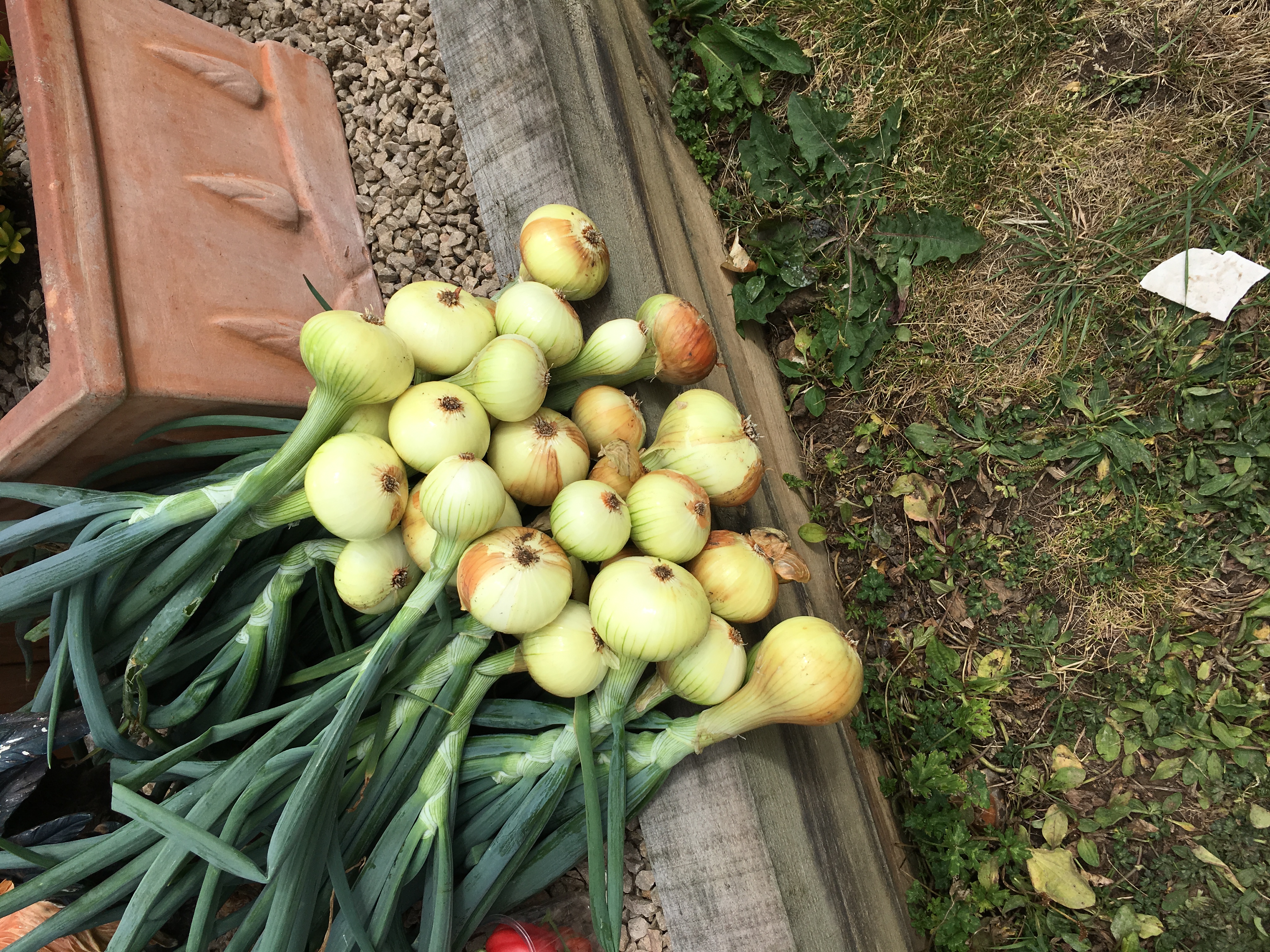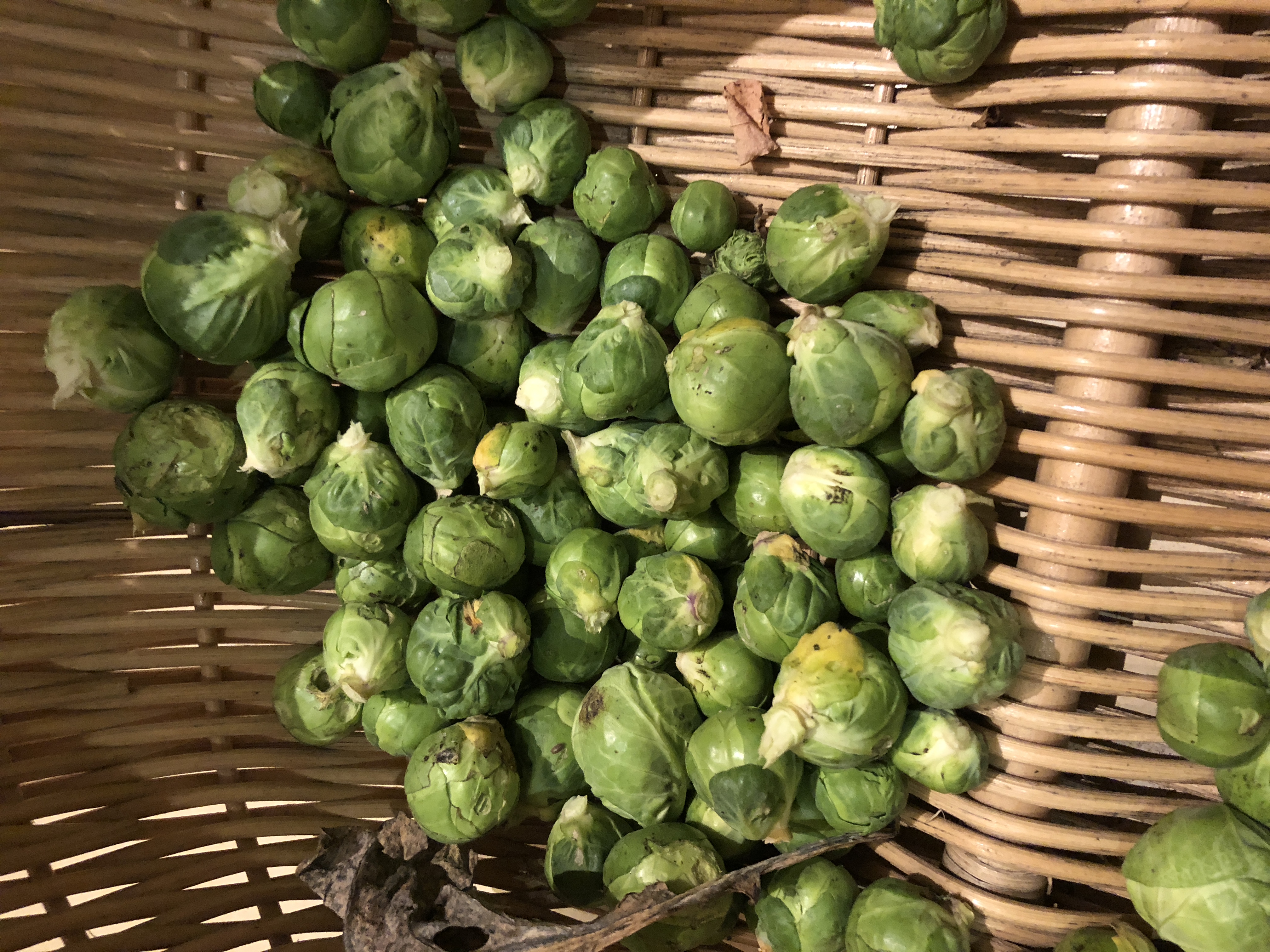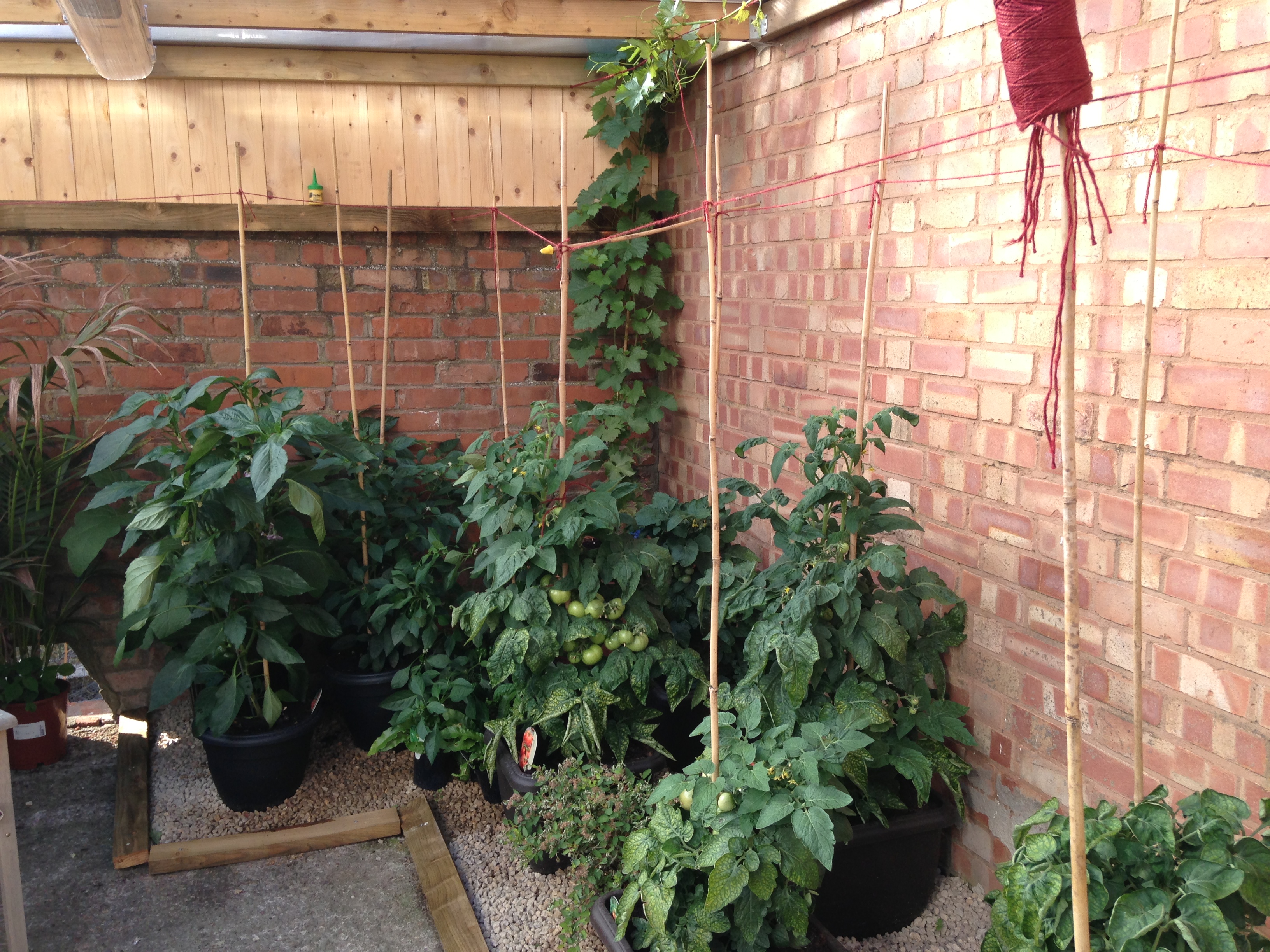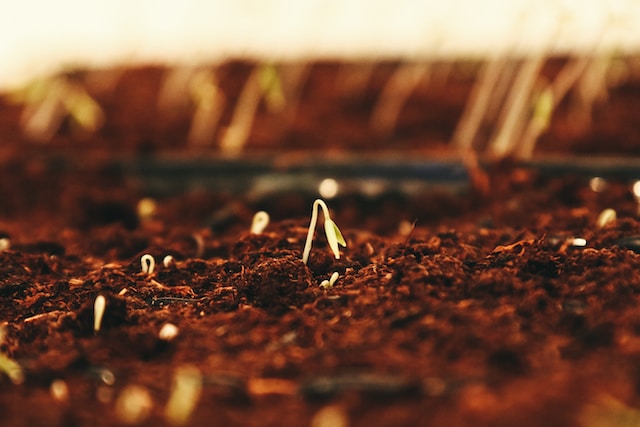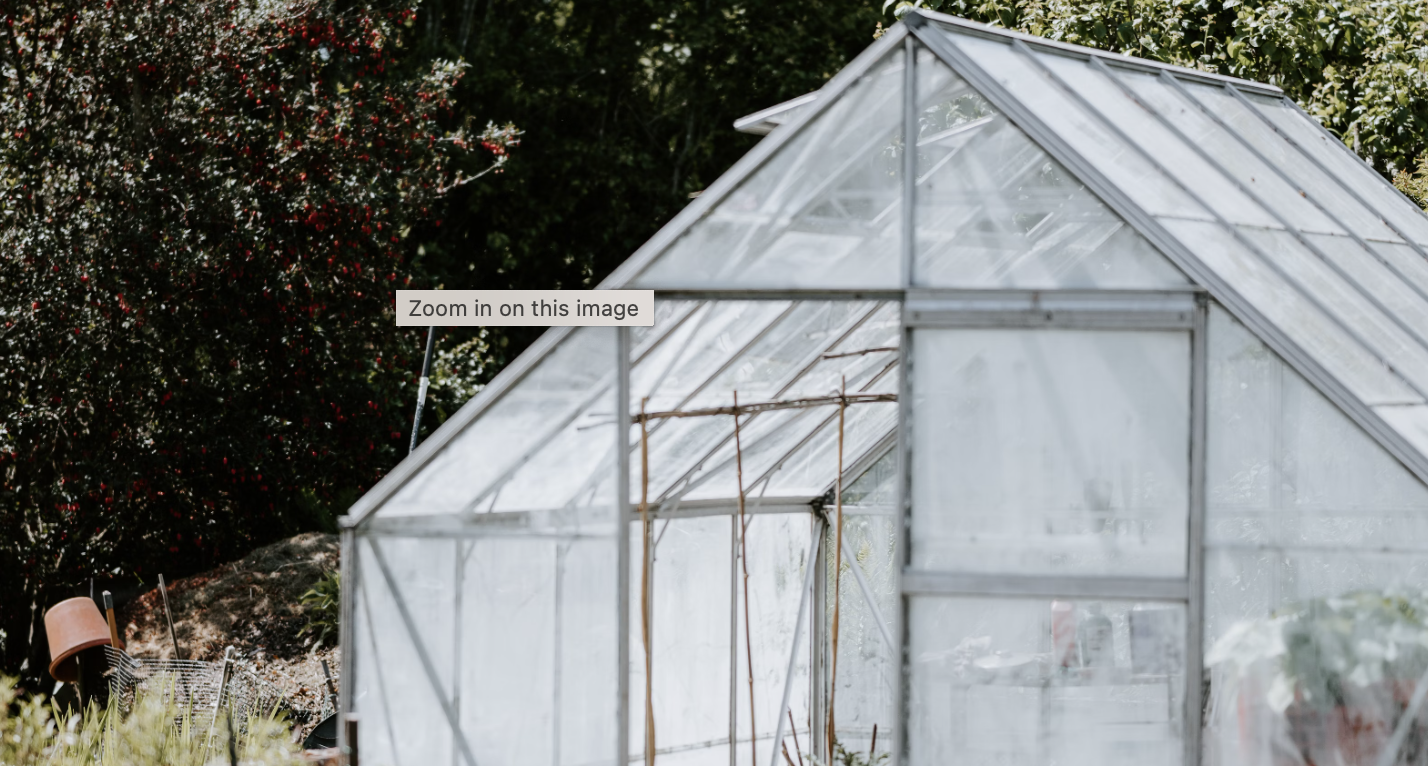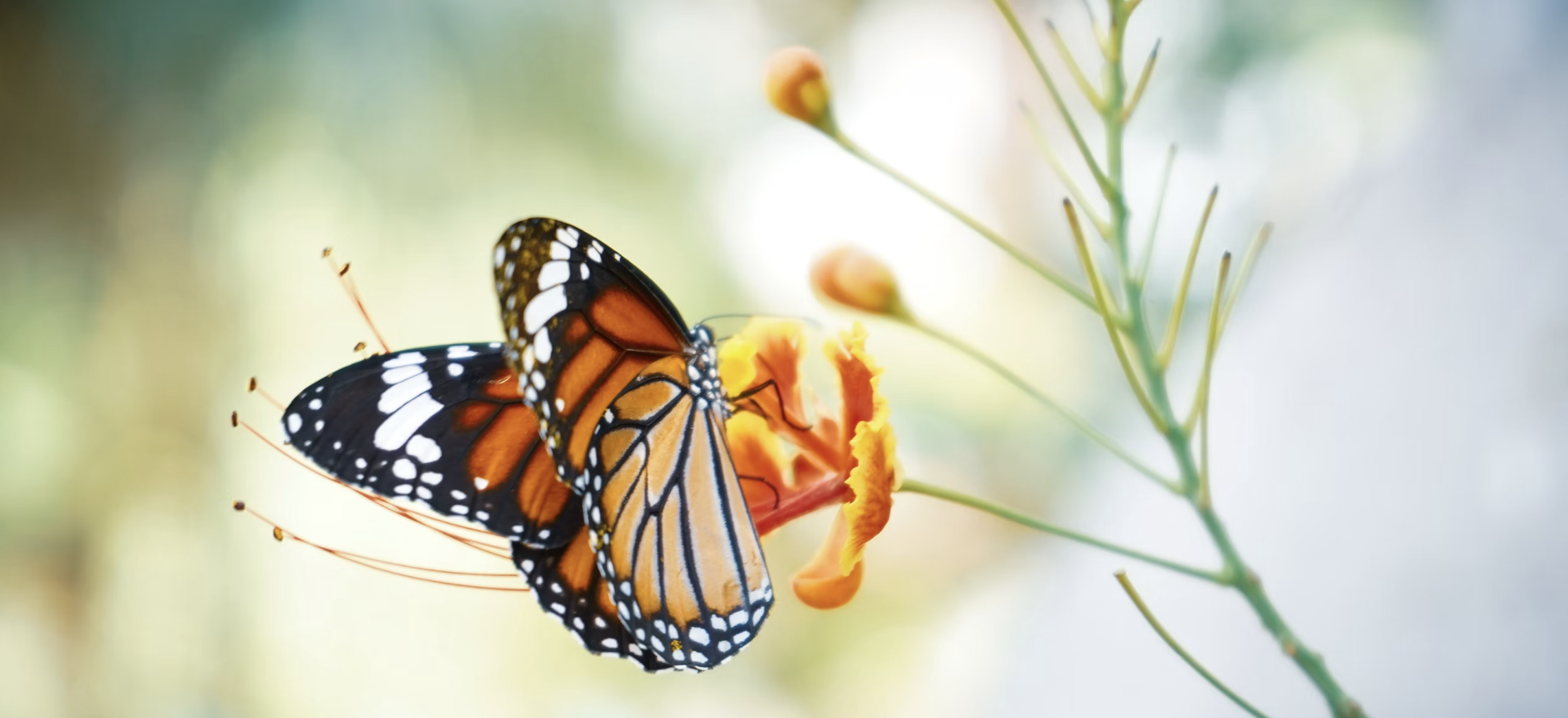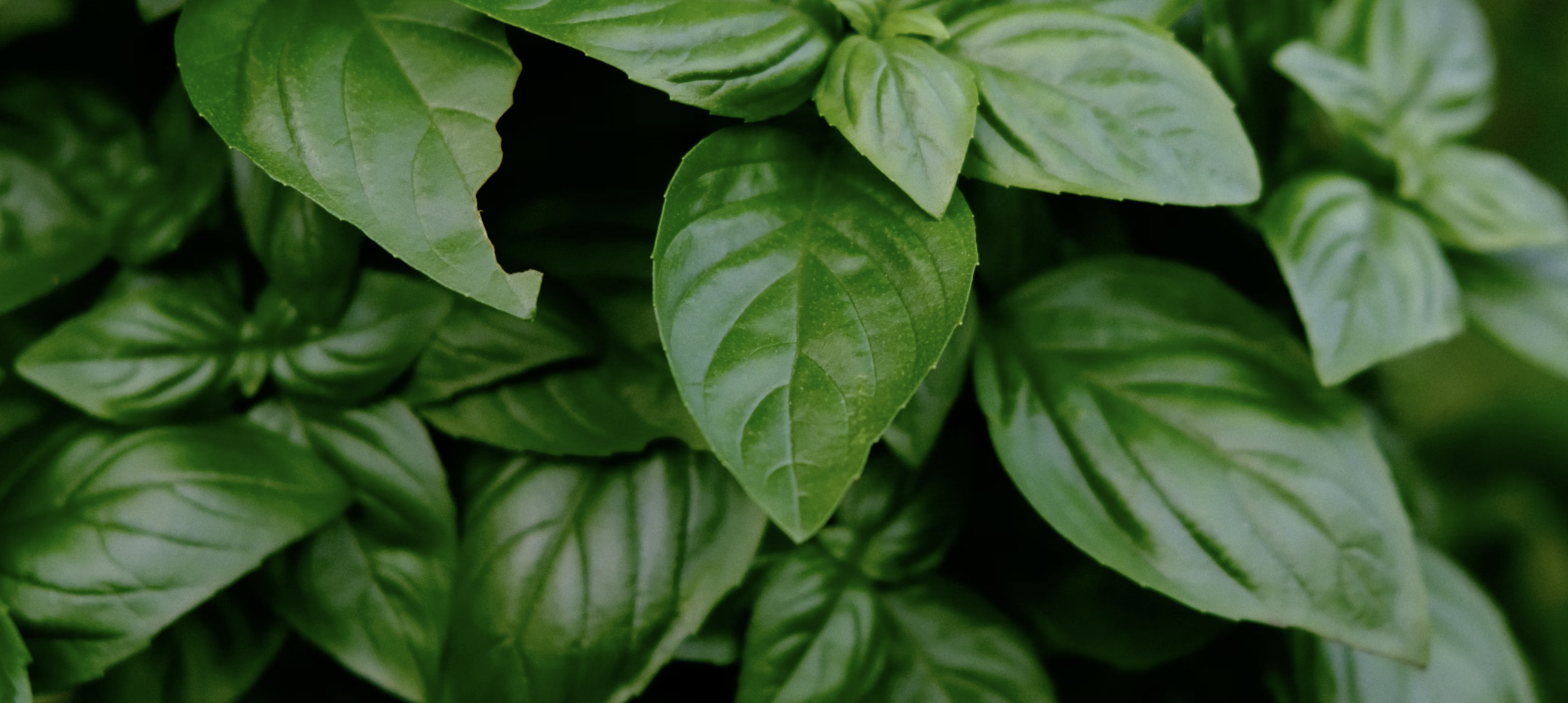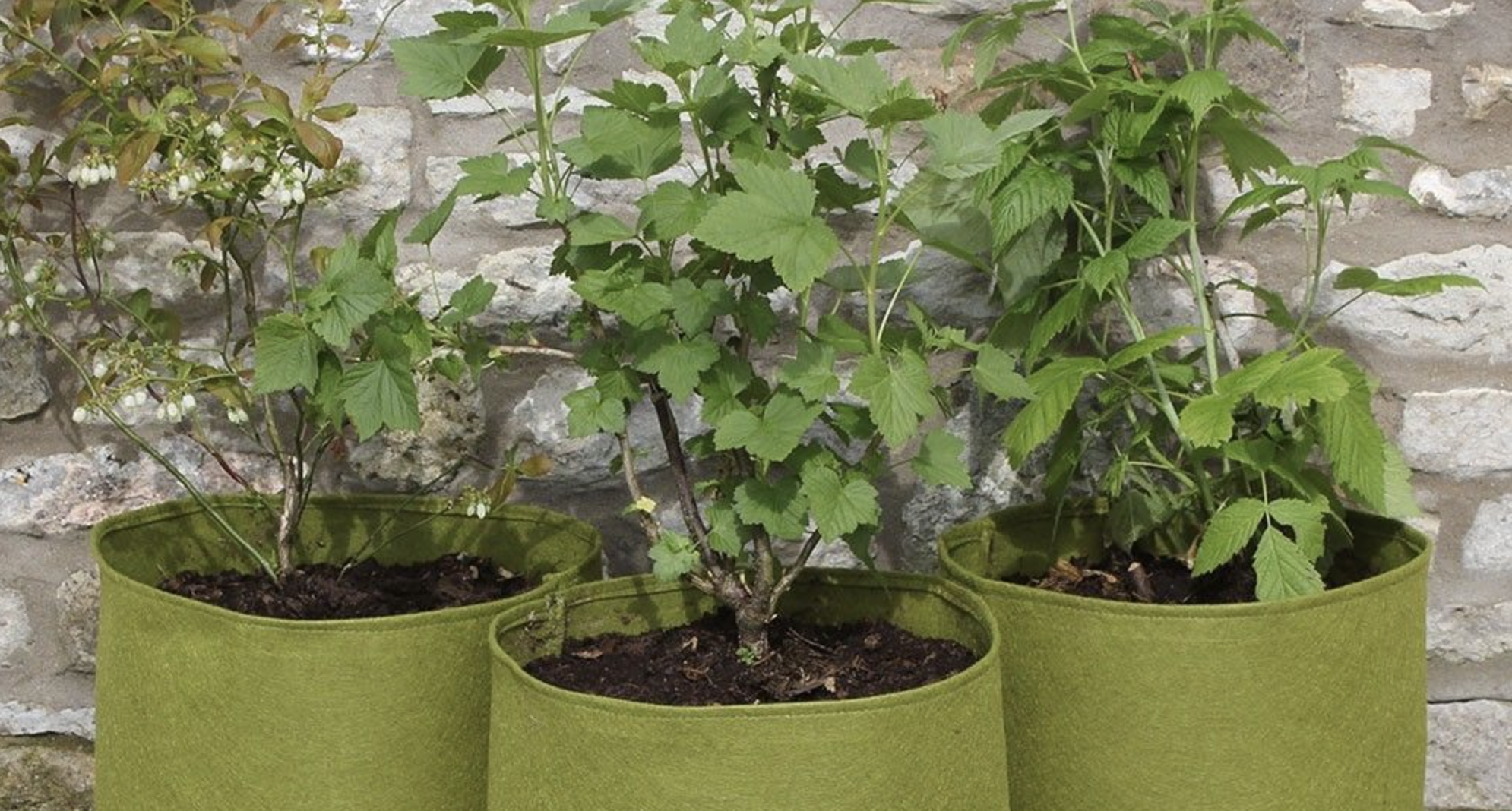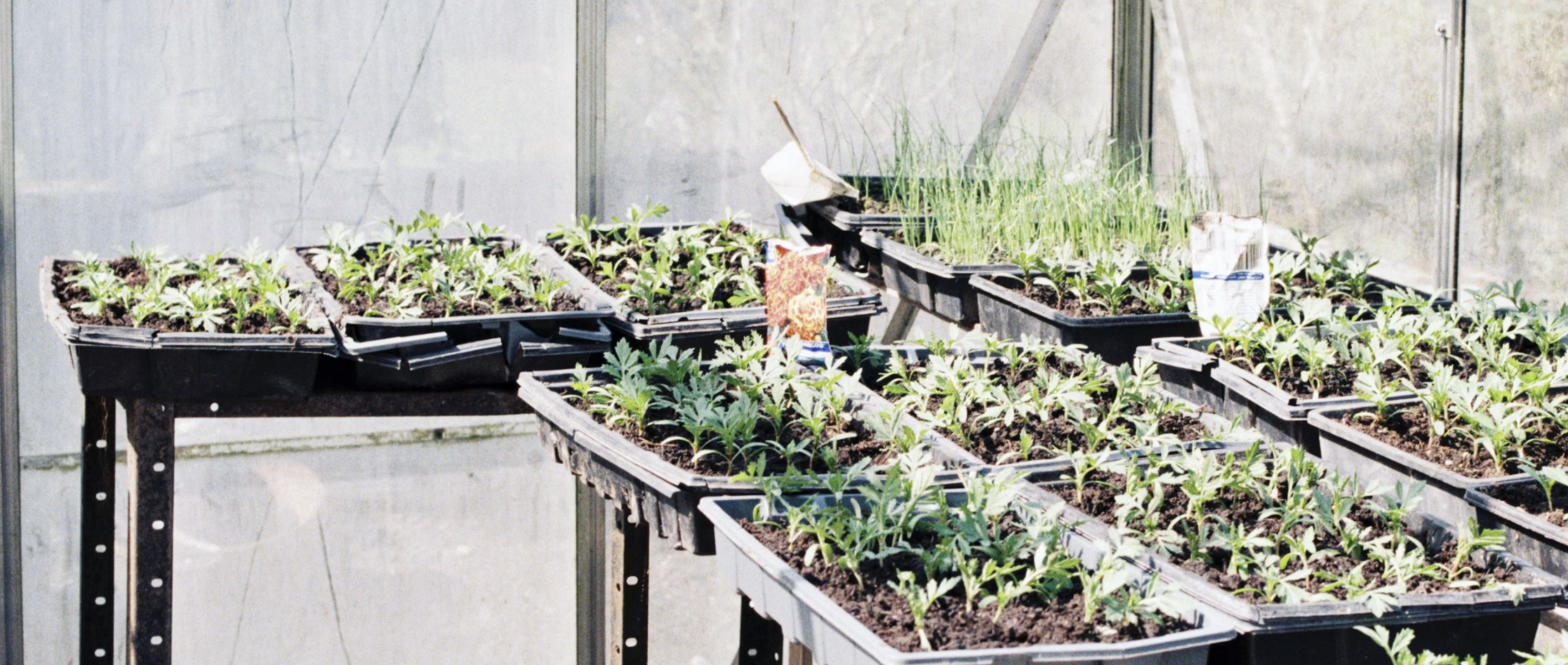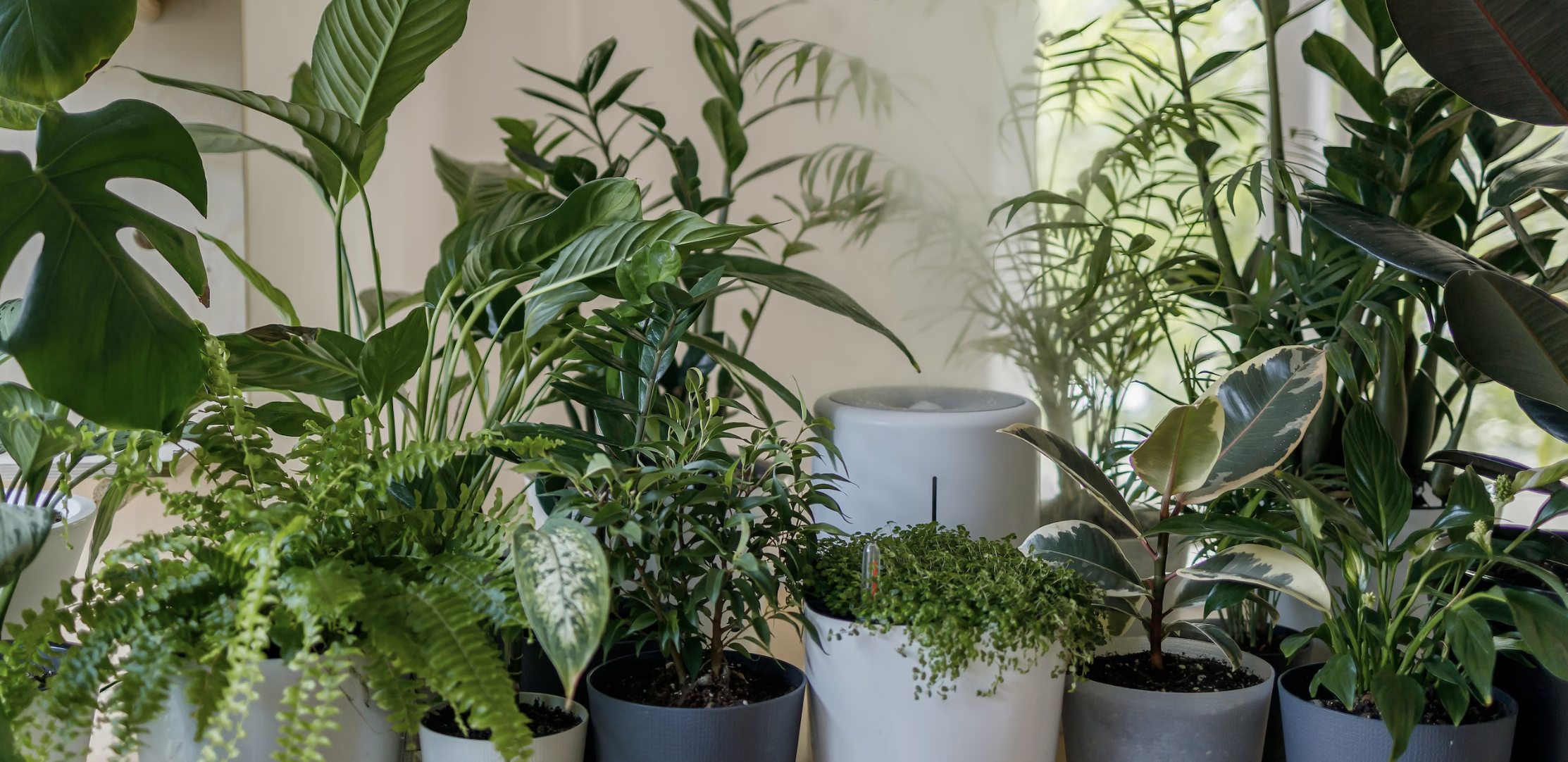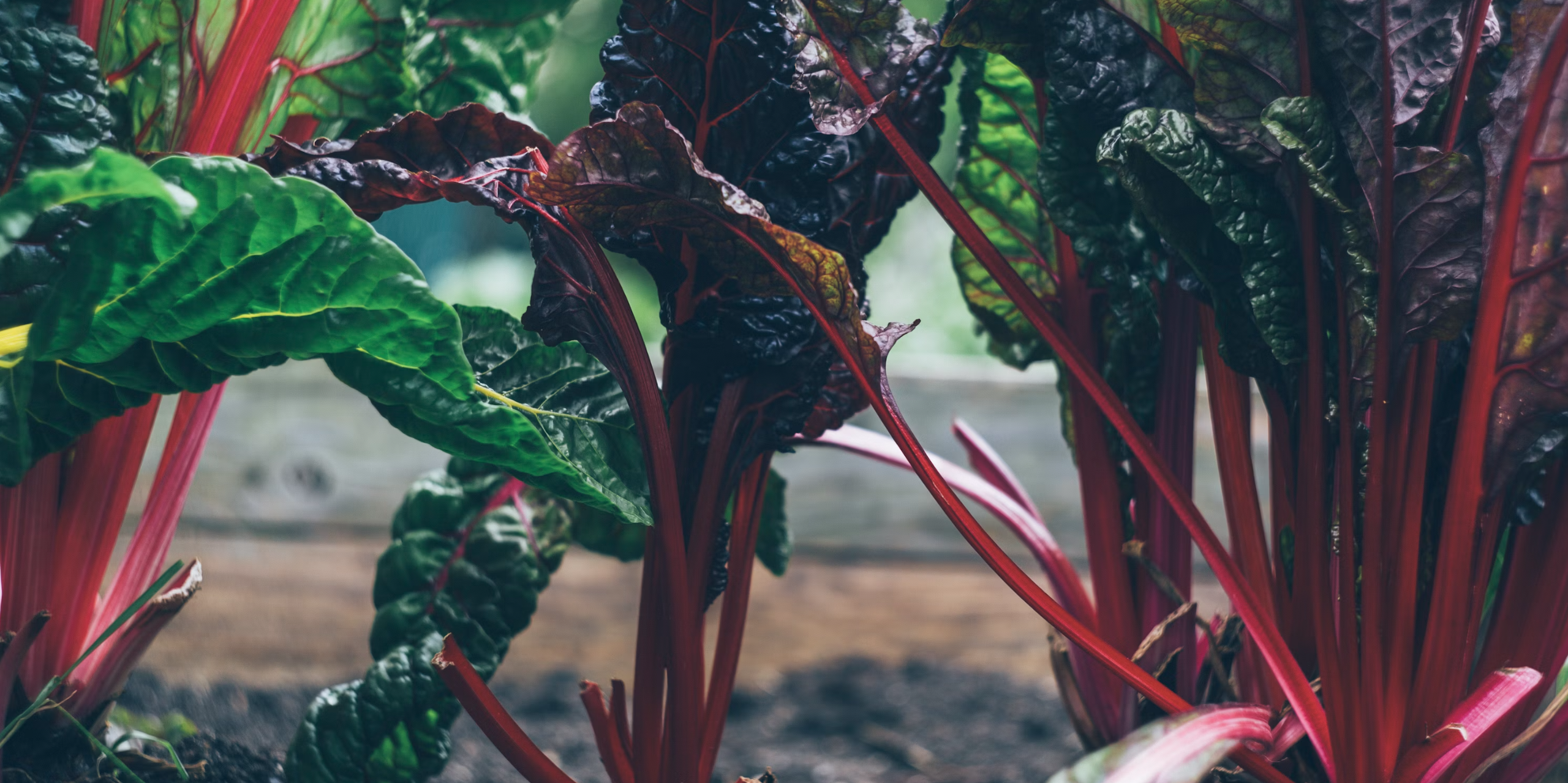
Are you looking to enhance the health and growth of your plants? Look no further than garden netting. With its myriad of benefits, garden netting is a must-have tool for any gardening enthusiast. Designed to protect plants from pests, harsh weather conditions, and excessive sunlight, garden netting plays a crucial role in creating a nurturing environment for plants to thrive.
Utilizing the power of nature, garden netting acts as a physical barrier, preventing insects and birds from damaging your precious plants. By keeping unwanted visitors at bay, it allows your plants to grow undisturbed, resulting in healthier and more productive crops. Moreover, garden netting also shields your plants from the scorching heat of the sun, ensuring they receive just the right amount of sunlight for optimum growth.
Versatile and easy to use, garden netting comes in various forms to suit every gardener's needs. From heavy-duty options for protecting fruit trees to lightweight mesh for delicate vegetables, there is a garden netting solution for every garden space.
Uncover the benefits of garden netting and take your gardening to new heights. Enhance plant health, protect against pests, and promote optimal growth with this essential gardening tool.
Importance of protecting plants in the garden
Gardening is a labor of love, and every gardener knows the importance of protecting their plants from external threats. Whether it's destructive insects, hungry birds, or unpredictable weather, plants face numerous challenges in their quest for survival. By implementing effective protection measures, you can ensure that your plants have the best chance to grow and thrive.
Garden netting is a versatile and reliable solution that provides a physical barrier between your plants and potential threats. It acts as a shield, preventing insects and birds from causing damage to your precious crops. By keeping unwanted visitors at bay, garden netting allows your plants to grow undisturbed, resulting in healthier and more productive yields.
Moreover, garden netting also serves as a barrier against harsh weather conditions. Excessive sunlight can scorch delicate plants, while heavy rain and wind can cause physical damage. With garden netting in place, you can regulate the amount of sunlight your plants receive and protect them from the elements, creating an ideal growing environment.
Benefits of using garden netting for plant health and growth
1. Protection against pests: One of the primary benefits of garden netting is its ability to keep pests at bay. Insects, birds, and even small animals can wreak havoc on your plants, causing significant damage and stunting their growth. With garden netting in place, you can effectively protect your plants from these threats, allowing them to flourish without interference.
2. Regulation of sunlight: While sunlight is essential for plant growth, excessive exposure can be detrimental. Garden netting provides a barrier that filters the amount of sunlight your plants receive, ensuring they get just the right amount. This regulation helps prevent sunburn and promotes healthy growth.
3. Protection from harsh weather conditions: Garden netting acts as a shield against unpredictable weather conditions. It provides a physical barrier that protects plants from heavy rain, wind, and hail, reducing the risk of damage. By creating a controlled environment, garden netting allows your plants to thrive in any weather.
4. Improved air circulation: Proper air circulation is crucial for plant health. Garden netting, especially mesh netting, allows air to flow freely around your plants, preventing the buildup of moisture and reducing the risk of fungal diseases. This promotes healthy growth and minimizes the chances of plant stress.
5. Prevention of plant diseases: Garden netting acts as a barrier not only against pests but also against plant diseases. It prevents the spread of harmful pathogens carried by insects, birds, and other animals, reducing the risk of infection and ensuring the overall health of your plants.
6. Enhanced crop yield: By providing protection and creating an ideal growing environment, garden netting can significantly enhance the yield of your crops. With fewer pests and diseases to contend with, your plants can focus on growth and productivity, resulting in a bountiful harvest.
Types of garden netting available
Garden netting comes in various forms to suit different gardening needs. It's essential to choose the right type of netting based on your specific requirements and the plants you are growing. Here are some common types of garden netting:
1. Bird Netting: As the name suggests, bird netting is designed to keep birds away from your plants. It features a fine mesh that prevents birds from accessing your crops while allowing air and sunlight to pass through.
2. Insect Netting: Insect netting is specifically designed to keep insects and pests at bay. It has a finer mesh than bird netting, ensuring that even the smallest insects cannot penetrate it. Insect netting is an excellent choice for protecting delicate plants from aphids, beetles, and other harmful insects.
3. Shade Netting: Shade netting is primarily used to regulate the amount of sunlight your plants receive. It provides a shade barrier that reduces heat and sunlight intensity, helping plants that thrive in partial shade or those that are sensitive to excessive sunlight.
4. Frost Netting: Frost netting is ideal for protecting plants from frost and low temperatures. It creates a barrier that traps heat and prevents cold air from reaching your plants, reducing the risk of frost damage.
5. Deer Netting: If you have a deer problem in your area, deer netting can be a lifesaver for your plants. It is a tall netting that creates a physical barrier, preventing deer from accessing your garden and damaging your plants.
How to choose the right garden netting for your plants
Choosing the right garden netting is essential to ensure maximum effectiveness and plant protection. Here are some factors to consider when selecting garden netting for your plants:
1. Type of plants: Different plants have different protection needs. Consider the specific pests or threats your plants are susceptible to and choose netting that provides the appropriate level of protection.
2. Mesh size: The mesh size determines the type of pests the netting can effectively keep out. Smaller mesh sizes are suitable for preventing insects, while larger mesh sizes are ideal for protecting against larger animals.
3. Durability: Consider the durability of the netting, especially if you plan to use it for an extended period or in areas with harsh weather conditions. Ensure that the netting is made from high-quality materials that can withstand wear and tear.
4. Ease of installation: Look for netting that is easy to install and remove. Consider netting with pre-installed grommets or clips for easy attachment to structures or supports.
5. Visibility: If aesthetics are important to you, consider the visibility of the netting. Some netting options are nearly invisible, while others may be more noticeable.
Tips for installing garden netting effectively
Installing garden netting requires careful planning and execution to ensure maximum effectiveness. Here are some tips to help you install garden netting effectively:
1. Measure twice, cut once: Before starting the installation process, measure the area you need to cover accurately. Double-check your measurements to avoid wasting netting or leaving gaps that pests can exploit.
2. Secure supports: Install sturdy supports for the netting, ensuring they can withstand the weight of the netting and any potential stress from wind or other elements. This could include posts, stakes, or existing structures such as fences or trellises.
3. Tension the netting: Pull the netting taut when installing to ensure a secure and effective barrier. This prevents gaps and reduces the risk of pests finding their way in.
4. Anchor the netting: Secure the netting to the ground or structure to prevent pests from crawling underneath. Use staples, clips, or ties to ensure the netting remains in place.
5. Regularly inspect and maintain: Regularly inspect the netting for any damage or signs of wear and tear. Repair or replace damaged sections promptly to maintain the integrity of the barrier.
Common problems and solutions when using garden netting
While garden netting is an effective solution for protecting plants, it can sometimes present challenges. Here are some common problems you may encounter when using garden netting and their solutions:
1. Netting getting tangled: Garden netting can sometimes become tangled, making it difficult to install or remove. To prevent tangling, carefully fold and store the netting when not in use. If it does become tangled, patiently untangle it or consider cutting it into manageable sections.
2. Pests finding their way in: Despite your best efforts, some pests may still find their way through the netting. Regularly inspect the netting for any gaps or holes and repair them promptly. Additionally, consider using additional pest control measures in conjunction with garden netting for added protection.
3. Netting damaging delicate plants: Some plants may be more susceptible to damage from contact with the netting. To prevent this, create a buffer between the netting and delicate plants by using stakes, hoops, or other support structures.
4. Netting obstructing access: If you need to access your plants frequently, consider using removable sections of netting or installing a gate or opening in the netting for easy access.
Maintaining and caring for garden netting
To ensure the longevity and effectiveness of your garden netting, proper maintenance and care are essential. Here are some tips for maintaining and caring for your garden netting:
1. Regular cleaning: Periodically clean the netting to remove any debris or dirt that may have accumulated. Gently wash the netting with mild soap and water, taking care not to damage or stretch it.
2. Inspect for damage: Regularly inspect the netting for any signs of damage, such as tears or holes. Repair any damage promptly using repair patches or by replacing the affected section.
3. Store properly: When not in use, store the netting in a clean and dry area. Avoid exposing it to direct sunlight or extreme temperatures, as this can weaken the material over time.
4. Replace when necessary: Over time, garden netting may become worn or damaged beyond repair. If you notice significant deterioration or if the netting no longer effectively protects your plants, it's time to replace it with new netting.
Success stories and testimonials from gardeners using netting
Garden netting has proven to be a game-changer for countless gardeners around the world. Here are some success stories and testimonials from gardeners who have experienced the benefits of using netting:
- "Since I started using garden netting, my vegetable garden has been thriving. No more pests and no more disappointment." - Sarah, avid vegetable gardener.
- "The bird netting I installed saved my fruit trees from total destruction. Now I can enjoy the fruits of my labor without sharing them with the birds." - John, fruit tree enthusiast.
- "I used to struggle with frost damage in my garden, but ever since I started using frost netting, my plants have been flourishing even in the coldest months." - Emily, passionate gardener.
Conclusion: Enhance your gardening experience with garden netting
Garden netting is a versatile and essential tool for any gardener looking to protect their plants and promote optimal growth. With its ability to keep pests at bay, regulate sunlight, and shield against harsh weather conditions, garden netting creates a nurturing environment where plants can thrive. By choosing the right type of netting, installing it effectively, and properly maintaining it, you can unlock the full benefits of garden netting and take your gardening to new heights. So, invest in garden netting today and watch your plants flourish like never before.




